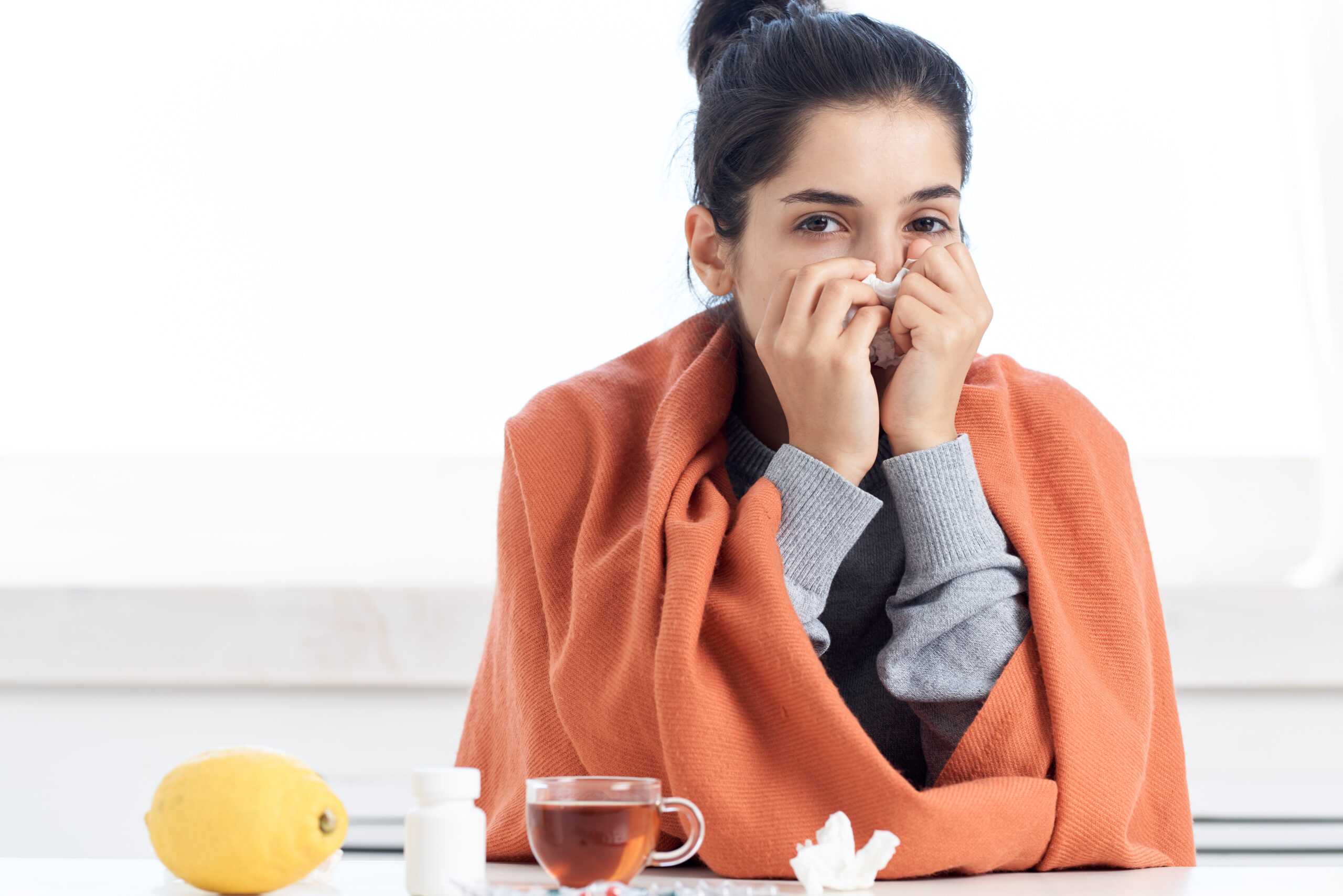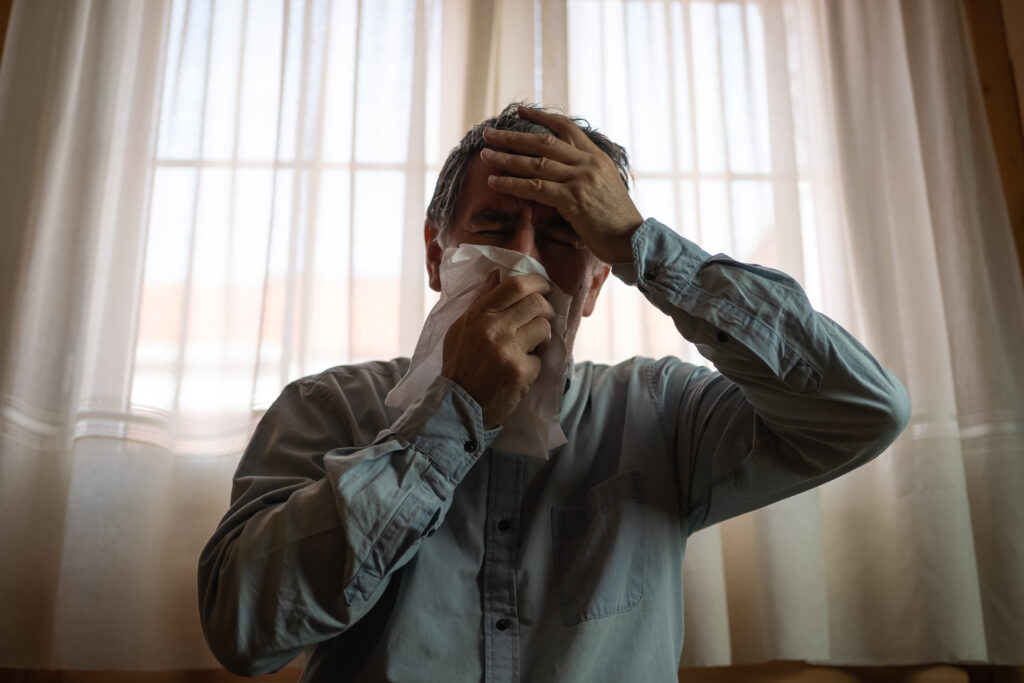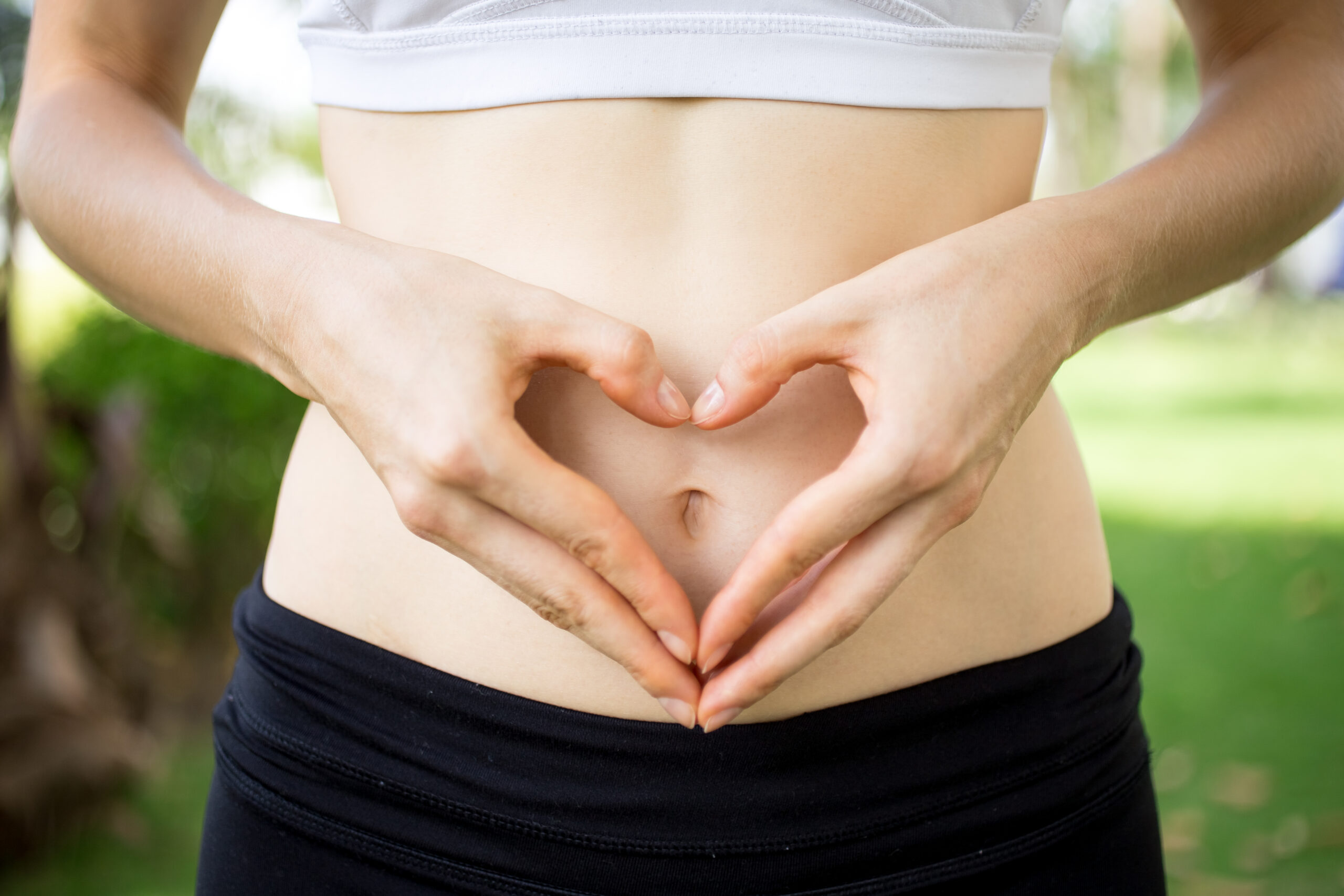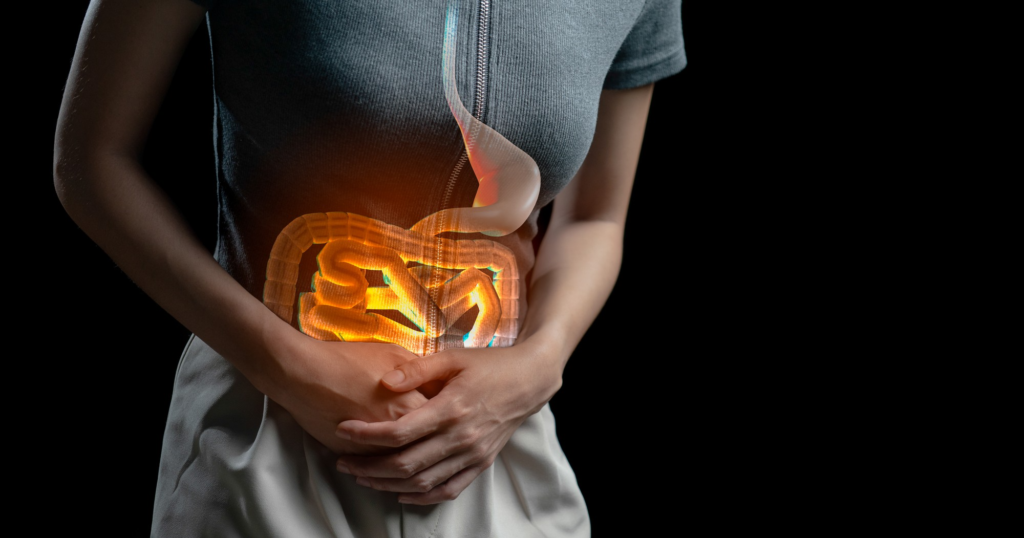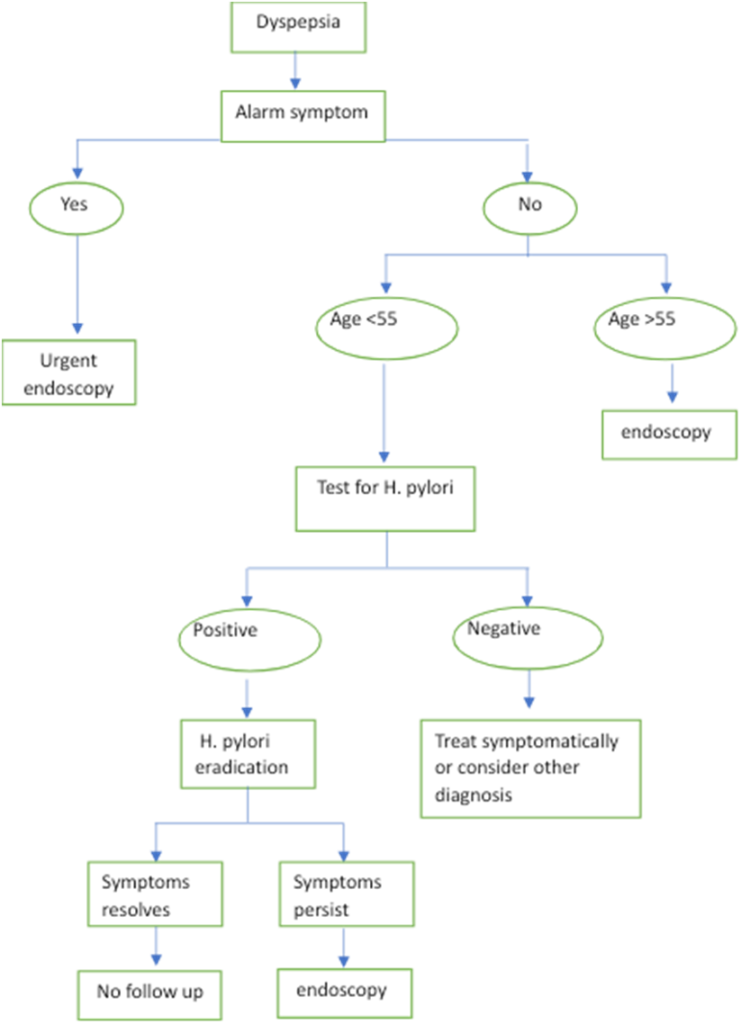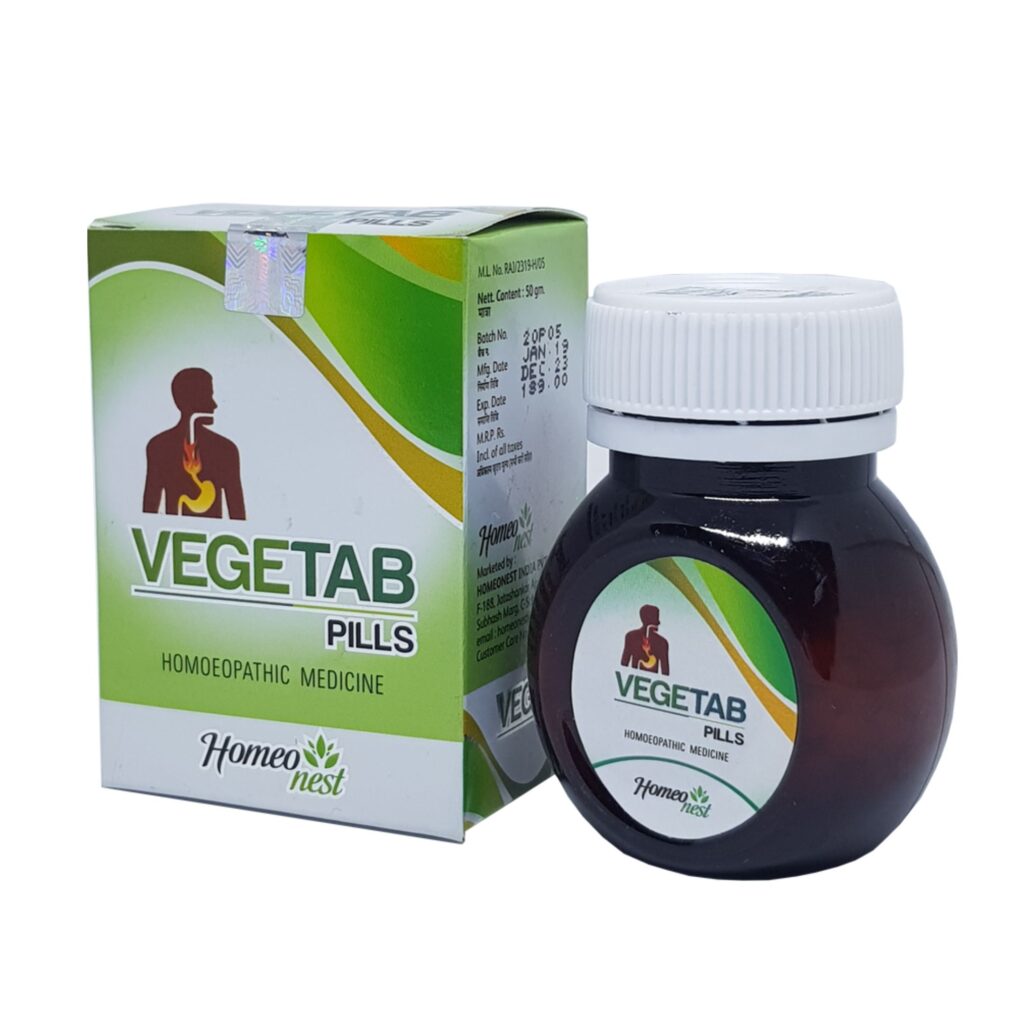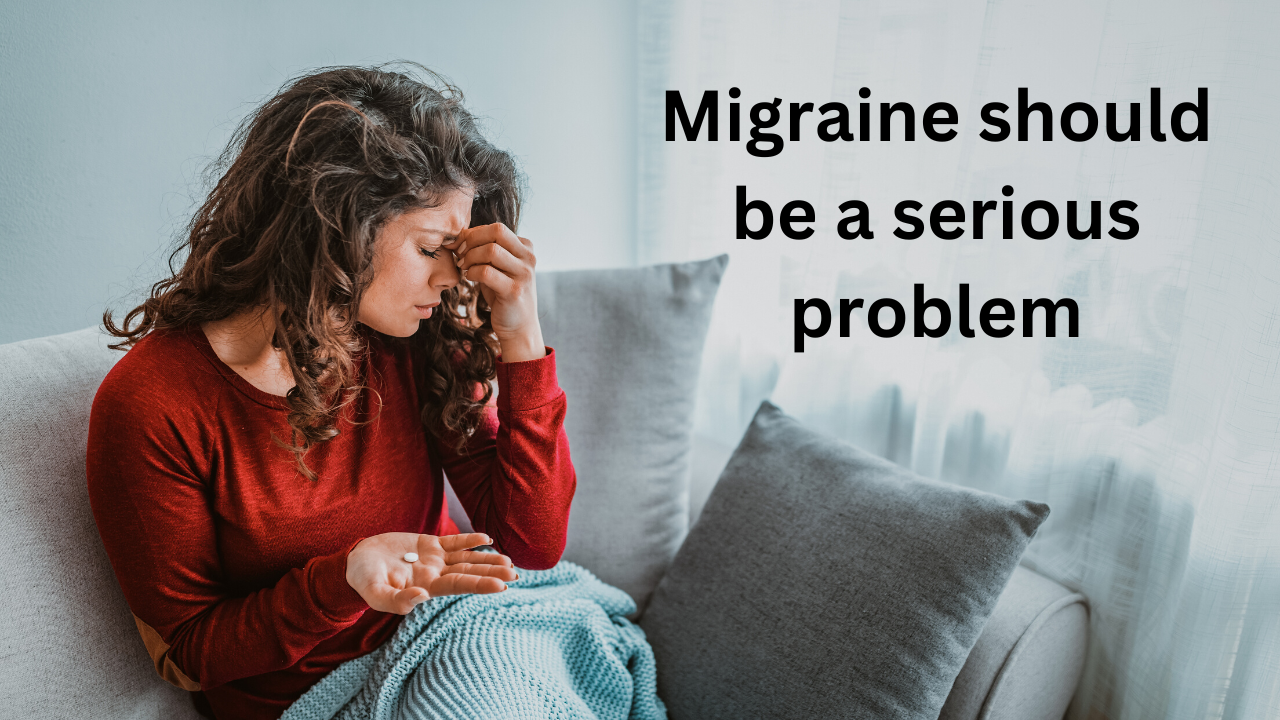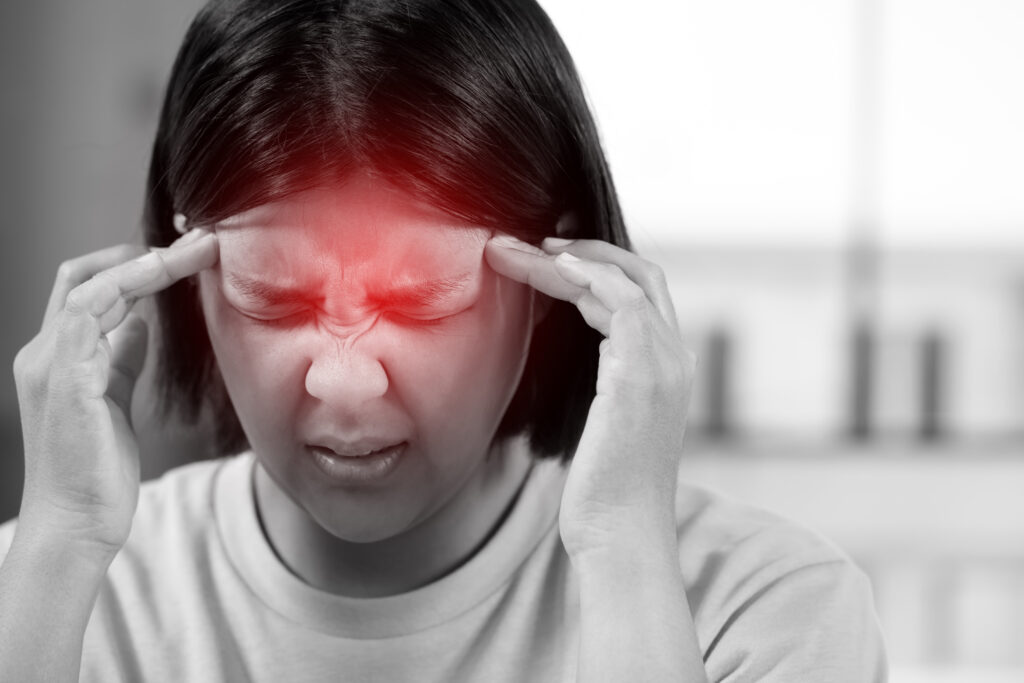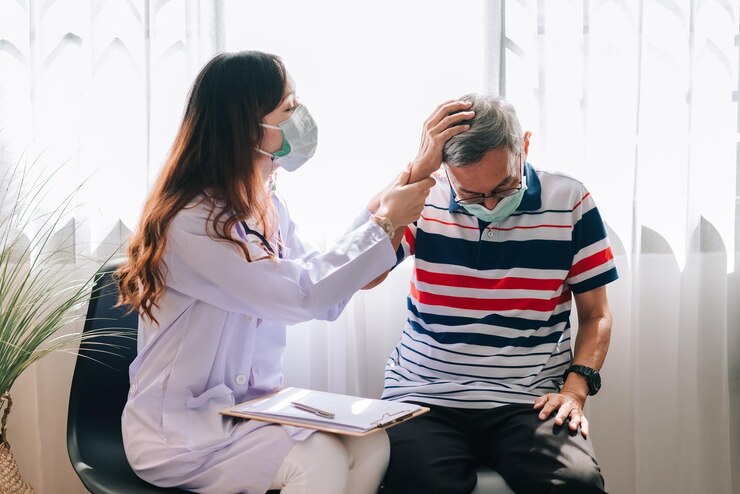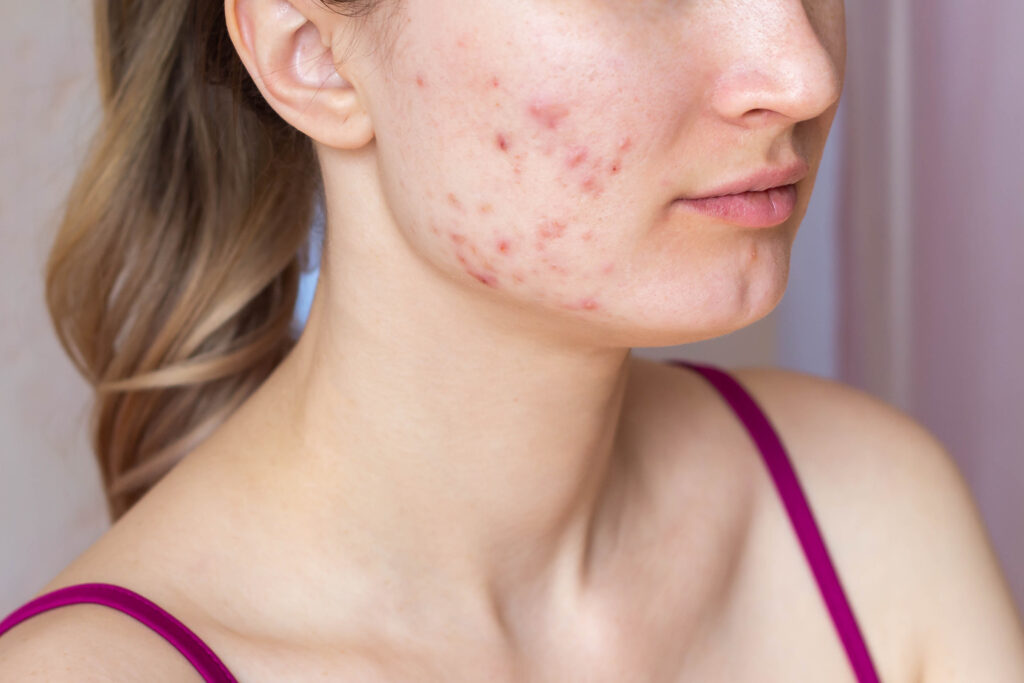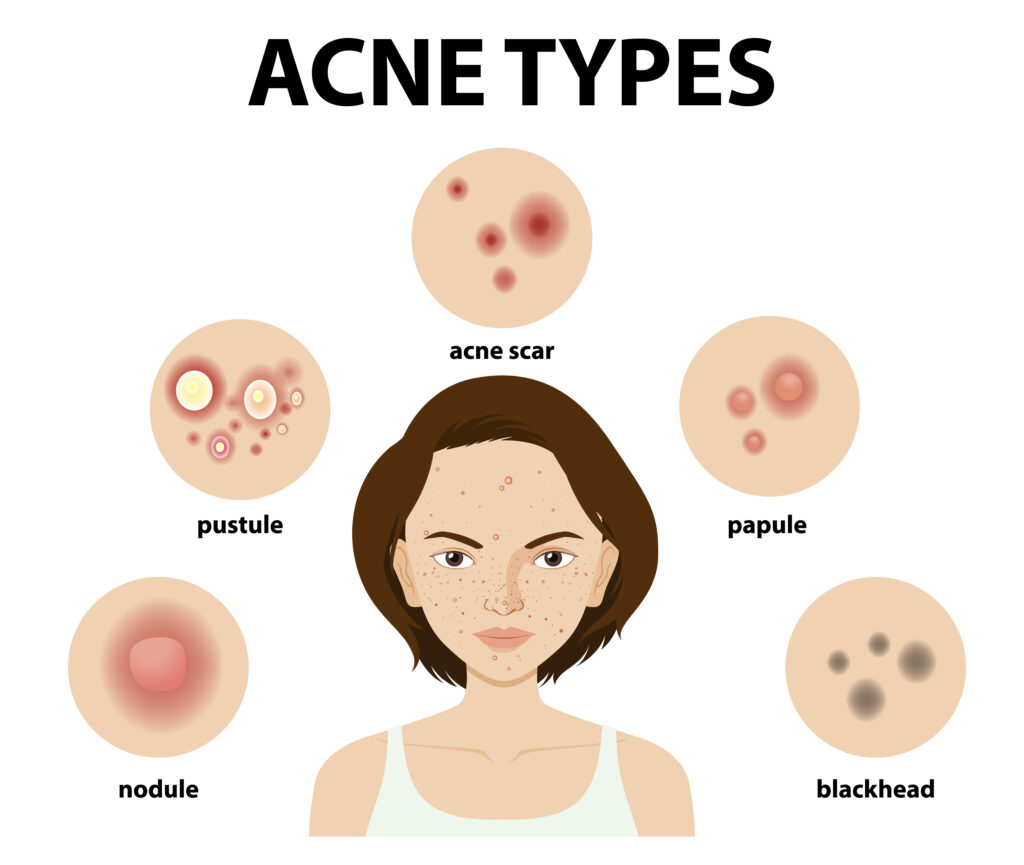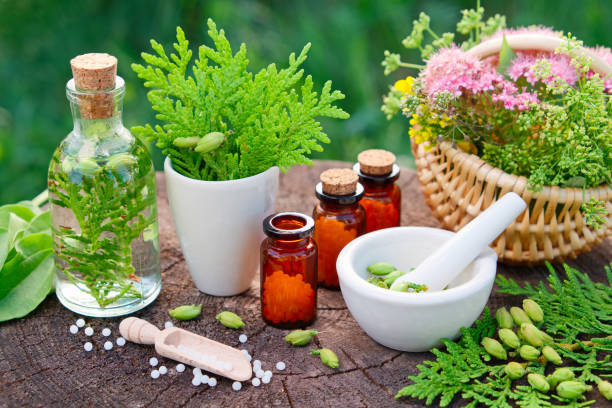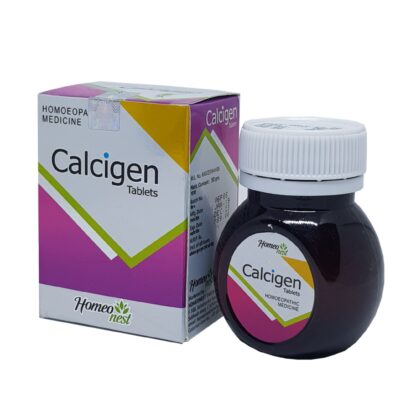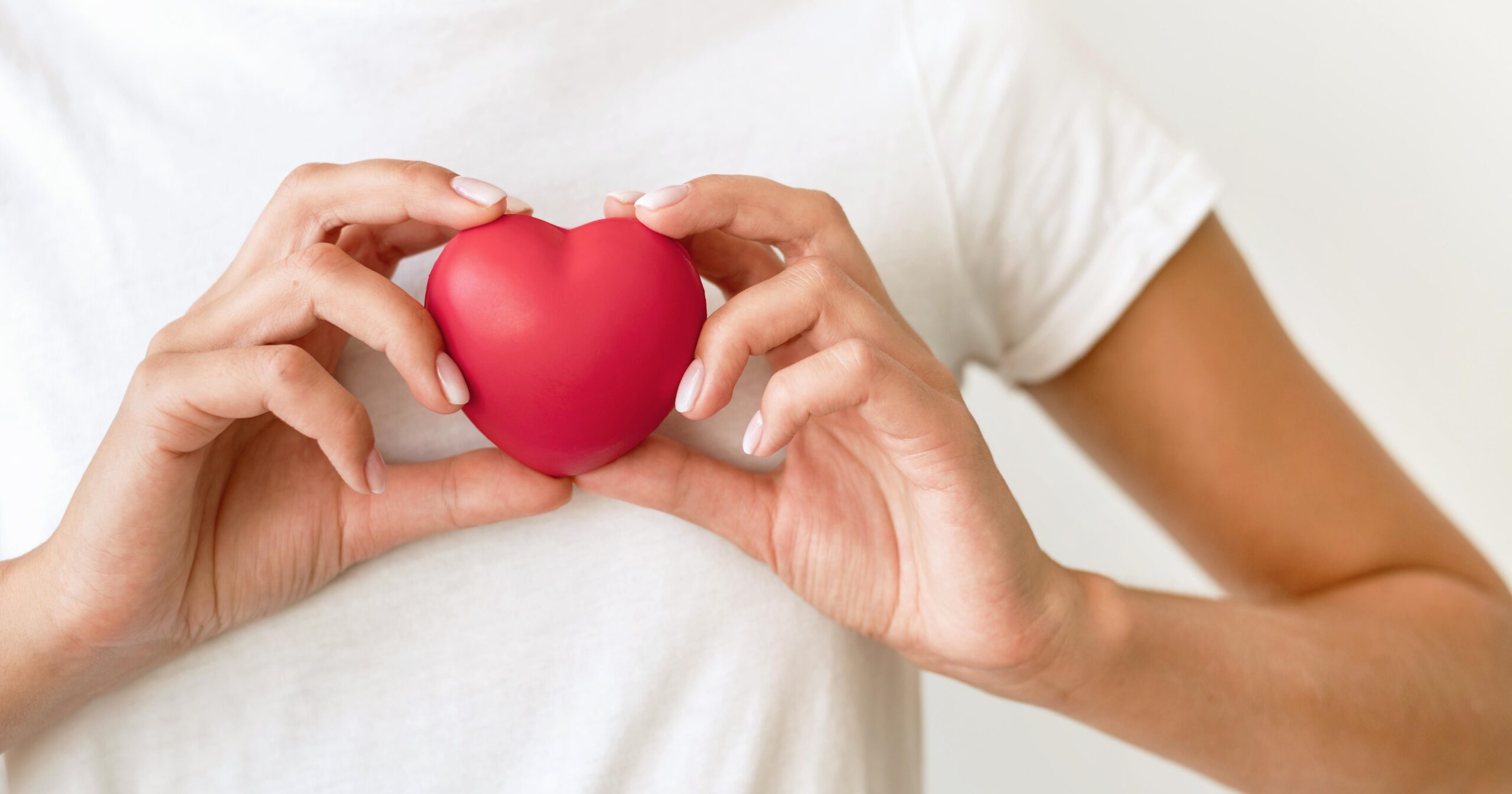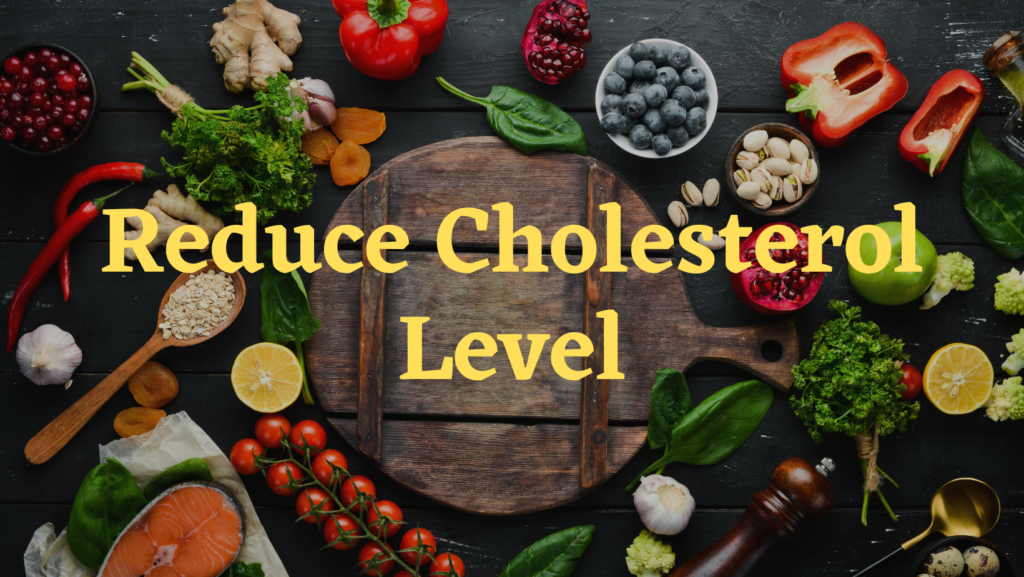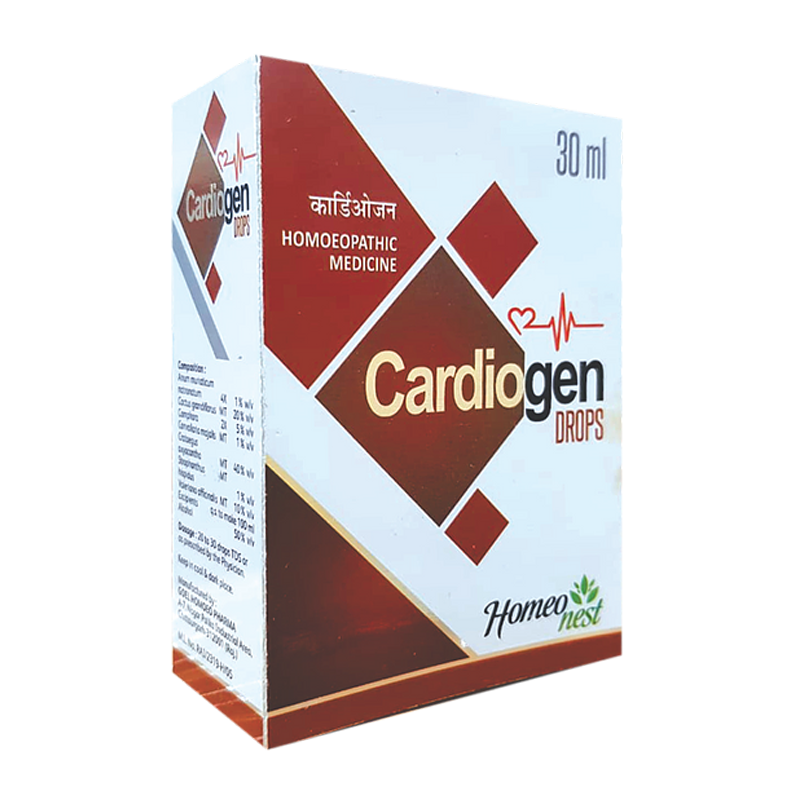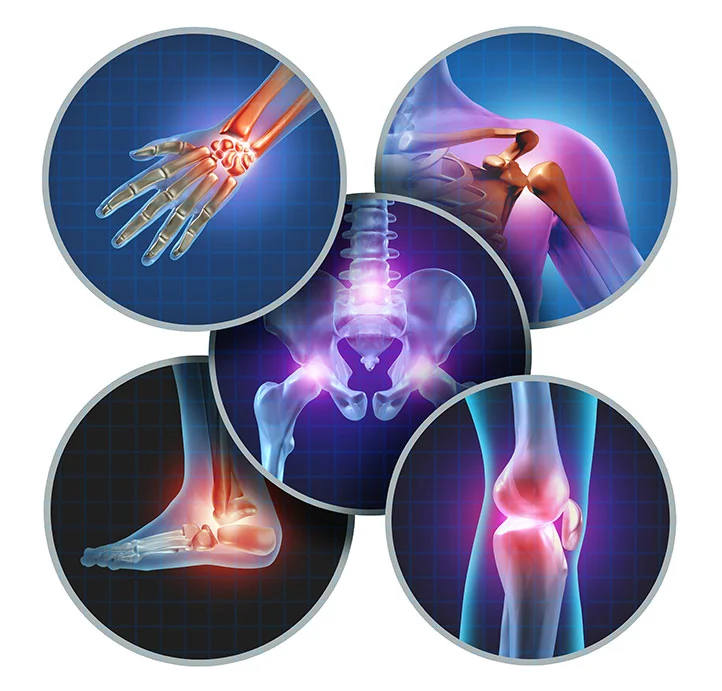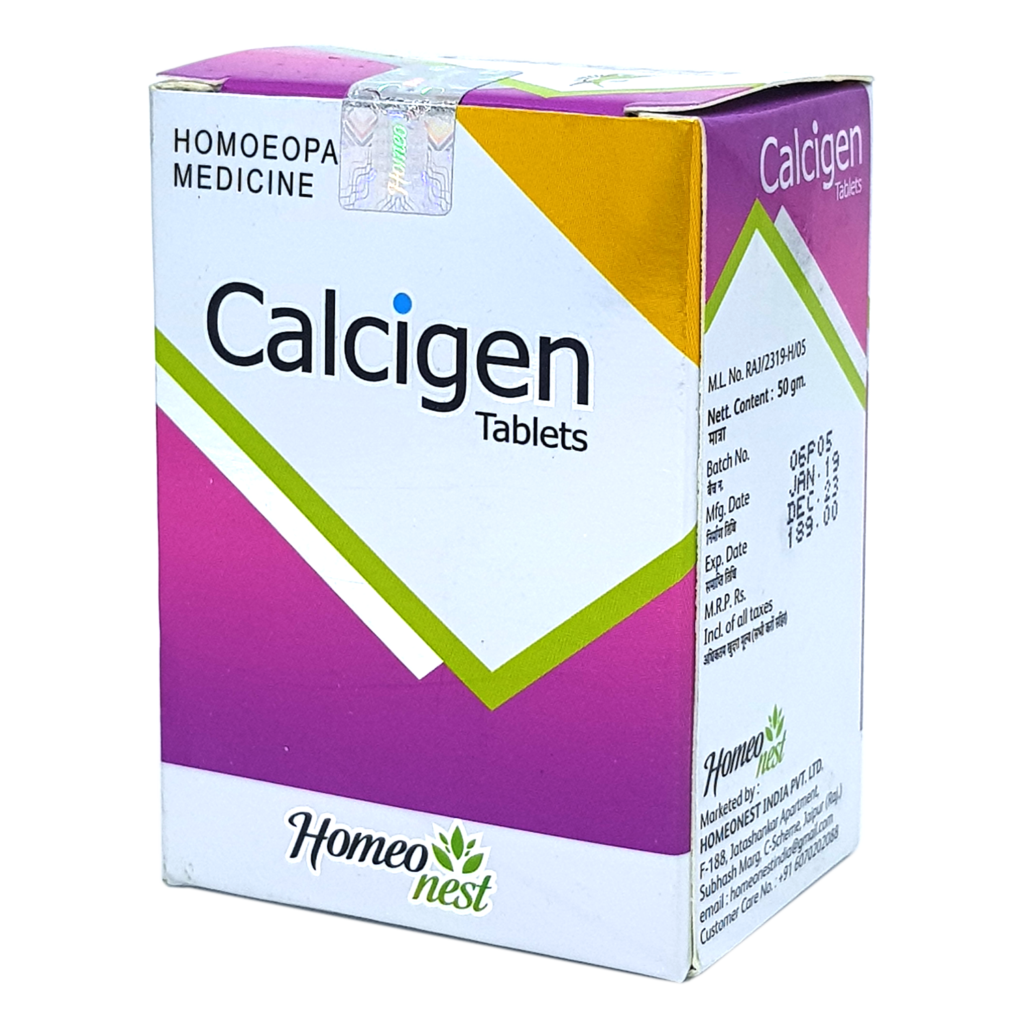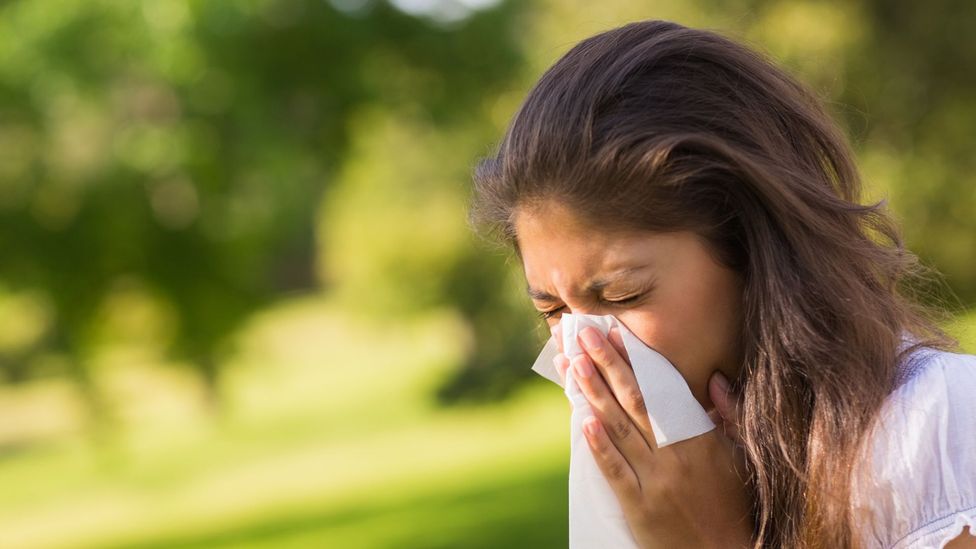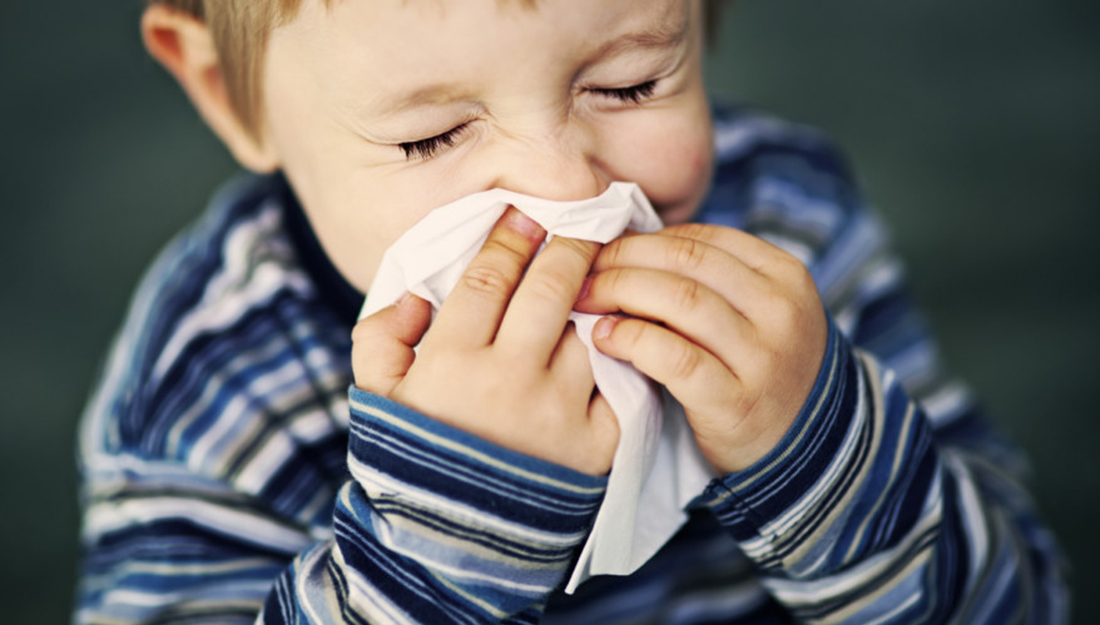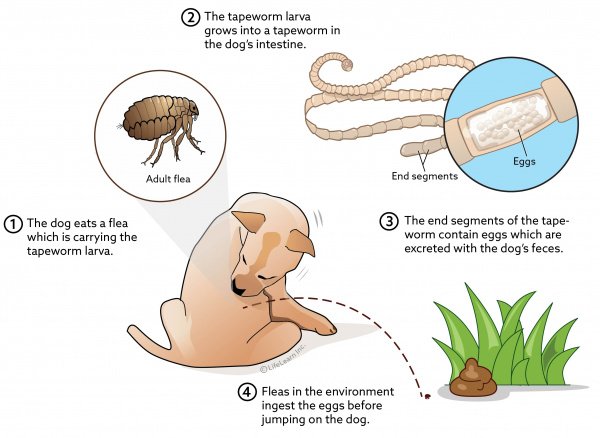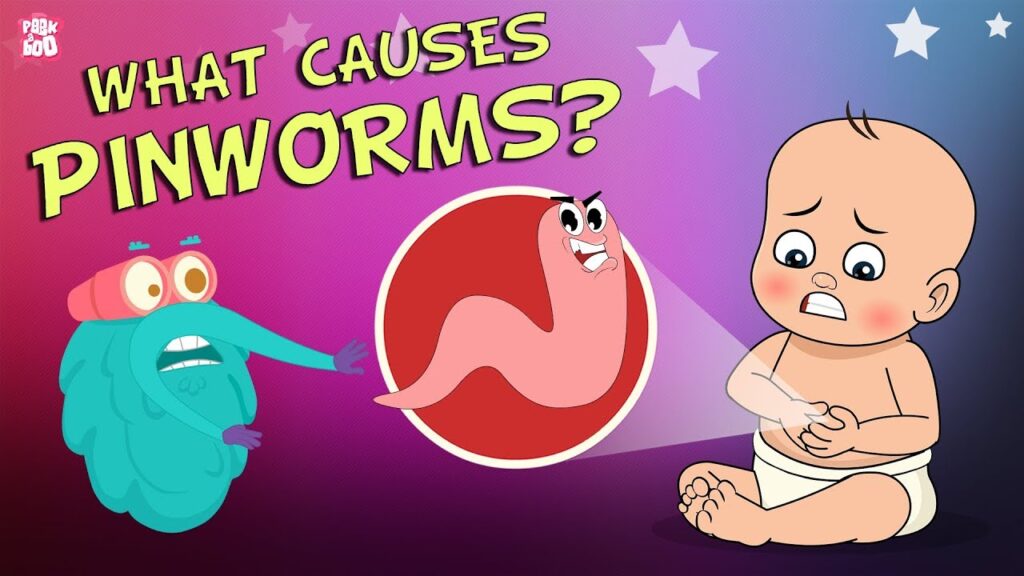Helpful Tips on How to Treat Acidity Problems with Homeopathy
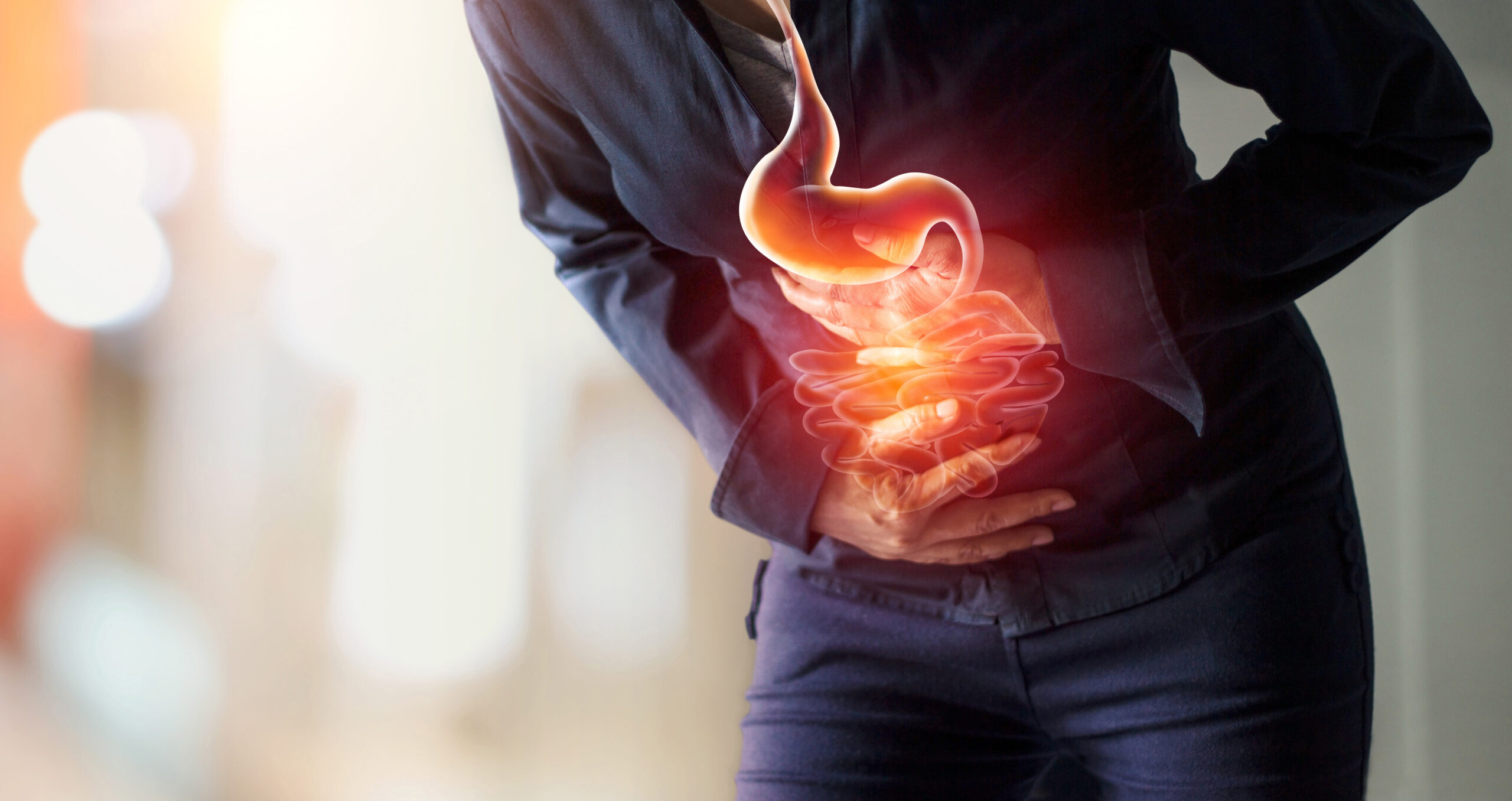
“All acidity and indigestion diseases begin in the gut”
Hippocrates
What Hippocrates, the father of modern medicine said 2400 years ago gold sequin ground event today. Millions of people worldwide have various gastric issues-Acidity being one of them.
We hear & use the term ‘Acidity’ very casually day in & out, but what does it really stand for?
Acid means anything with a ph level between 0-7. But that is not the case with our stomachs. Our stomach requires a very acidic pH of 1.5-2.5 to maintain digestive health this acidic pH is mainly determined by HCl (Hydrochloric acid). Disturbance in the production of HCl may lead to various symptoms that are conjointly referred to as acidity.
CLINICAL PRESENTATION
The term Acidity encompasses the following common symptoms.
- Heartburn
- Nausea & vomiting
- Sour eructation
- Regurgitations
- Bloated abdomen
- Associated headaches
- Belching and flatus
- Hiccups
- Dysphagia
- Weight loss
CAUSATIVE FACTORS
- Lifestyle: A sedentary lifestyle is one of the significant causes of acidity.
- Lack of exercise lack of sleep/disturbed sleeping pattern overweight
- Unhealthy diet habits
- Chronic Stress – According to the American Journal of Gastroenterology, people with chronic stress & anxiety had more severe acid reflux symptoms than those without pressure.
Impact of Stress
- Increased sensitivity to the slightest increase in acid levels
- Production of prostaglandins depleted (Prostaglandins protect the stomach from the effect of acid)
- Smoking
- Nicotine relaxes LES (lower esophageal sphincter) causing regurgitation & acid reflux. Reduced salivation-saliva contains acid-neutralizing bicarbonates Increased acids erection in the stomach
- Damage dysphagia alining
- GERD – Gastroesophageal Reflux Disease
- Peptic Ulcers
- Hiatus Hernia
- Lactose intolerance
- Medication
- NSAID Seg :- ibuprofen, aspirin etc
- Corticosteroids
- Iron supplements
- Anti-anxiety and Antidepressants
- Antibiotics
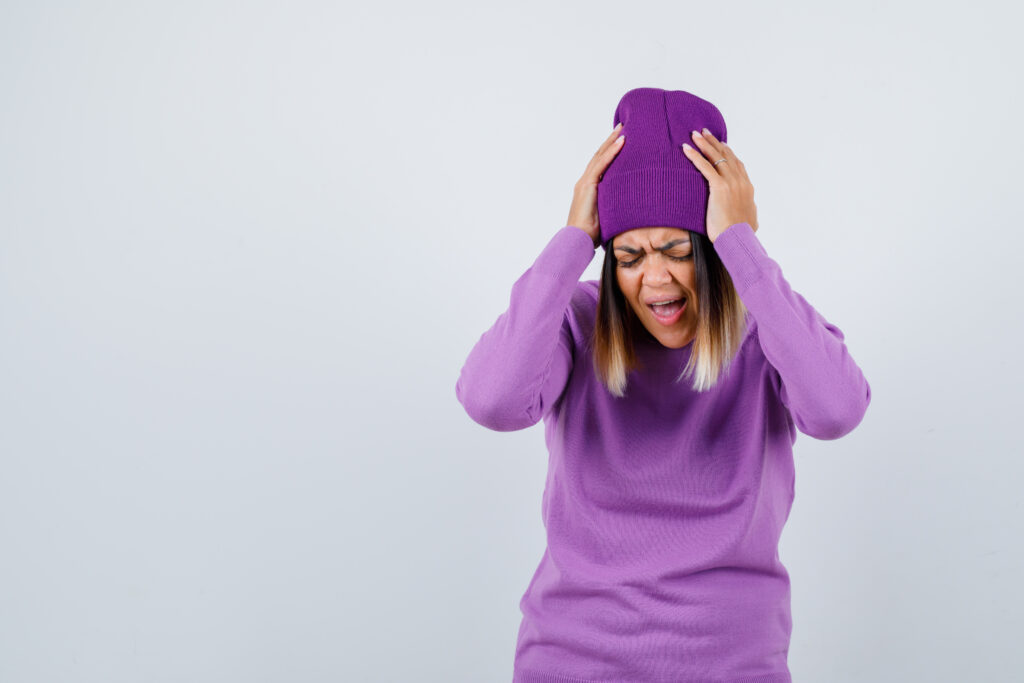
MANAGEMENT
Exercise- Decrease obesity
Reduce stress by production of Endorphins
Sleep – Durations of Sleep (6-8 hours) and a fixed sleeping schedule help keep the circadian rhythm synced.
- Eat slowly and chew well
- Do not get to bed immediately after meals.Slow walking after meals.adequate water intakeConsume meals at regular intervalsIncrease consumption of antioxidants & raw foodsAvoid Carbonated drinksFried, spicy, and junk foodsProcessed foodsCaffeineSmoking and alcohol
- Citrus fruits during an acute attack of acidity
- Medicinal
| ANTACIDS | H2RECEPTORBLOCKERS | PROTON PUMP INHIBITORS(PPI) | |
| Neutralize/counteract acid production | Decrease gastric acid secretion | Stop sal most all acid production |
Side effects of Antacids

COMMON HOMOEOPATHIC MEDICINES PRESCRIBED IN CASE OF ACIDITY:
Carbo Vegetabilis
- Weak digestion-simplest food disagrees.
- Excessive flatulence – Upper part of AbdomenCannot wears tight clothing around the waist ever recovered from Typhoid. Loud rancid eructation; gives only temporary relief.
- Desire to be constantly fanned.
Lycopodium
- Excessive flatulence – Lower abdomen
- Bloating loud fermentation gurglingEverything tastes our – eructation, heartburn, water brash & vomiting. Constant feeling of satiety, few mouthfuls fill up to the throat. Desire for hot food & drinks, which provide relief.Right side affection
- Most complaints occur between 4-8 pm.
Phosphorus
- Vomiting of food & water as soon as it becomes a swarming stomach (useful in cases of gastric ulcers)Regurgitation of ingestion.
- Burning: Causing desire for cold food & drinks, juicy fresh foods, and ice cream which relieve the burning.
- Hemorrhagic tendency – Causing bleeding along with vomiting
- Nausea on putting hands in warm water.
Robinia
- A remedy for Hyper chlorhydria.
- Pronounced acidity is the keynote that is compared to a frontal headache.
- Acidity sour eructation profuse vomiting of intensely sour greenish fluid.
- Nocturnal burning pains in the stomach
- Too rapid digestion of albumin & slow digestion of starch.
- Acidity in Children
- Incarcerated flatus with colic
- Frequent repetition of this medicine for a long duration is seen as beneficial in acidity
Other Common Homoeopathic Drugs are:
Pulsatilla Arsenic album Antim crud
Calcarea Carb Natrum Carb Nux
Vomica Sulphur
Kali carb etc.
A vast proportion of our population suffers from acidity and the majority of them resort to antacid pills which generally become a habit that when taken in the long term hampers normal HCL production. In this regard, a thorough homeopathic treatment for acidity not only is free from side effects but provides a cure without being dependent on a pill for the rest of your life.
Homeopathic treatment is based on the individuality of the case considering its symptom anthology dealing with the root cause in that particular case.
For instance:
A case of Dyspepsia:
Name: XYZ
Age: 29 Years
Gender: Male
Showed common symptoms of heartburn, regurgitation, and bilious vomiting in the morning on waking with a severe headache.
On thorough case taking it was discovered that the patient was a lawyer who was working at a corporate job and freelancing at the same time, which demanded him to work late at night to finish his freelancing work, for that he was dependent on stimulants like coffee to keep him active and awake in the late night hours.
Here we see that the patient is:
A workaholic leading a sedentary life Dependent on stimulants Night watching / lack of sleep.
The common symptoms Seen in this case could have misguided & confused us, but knowing the patient as a whole guided us toward Nox vomica.
HOMEOPATHIC MEDICINES PRESCRIBED IN CASES OF ACIDITY:
- Dr. Goel’s Homeopathic Vegetab help in treating indigestion and acidity problem in human being.
- Vegetab pills help you digest food. They are found naturally in the body.
Visit www.homeonest.com to buy a Vegetab pill or call 7060202088
Homeonest India Pvt. Ltd.



